Japan was and always will be a unique place. Whether we talk about traditional festivals or traditional theater, religion or pop culture, architecture or transport, food or clothing, martial arts or games, you can see in unique scenes Japan, that do not exist anywhere else in the world.
Visit an onsen or sento
Sentō (銭湯) is a type of Japanese communal bath house where customers pay for entrance. Traditionally these bath houses consist of one large room separating the sexes by a tall barrier, and on both sides, usually a minimum of lined up faucets and a single large bath for the already washed bathers to sit in among others. Since the second half of the 20th century, these communal bath houses have been decreasing in numbers as more and more Japanese residences now have baths. So be sure to visit one while they are still around! Natural hot springs (onsen) are numerous and highly popular across Japan. Every region of the country has its share of hot springs and resort towns, which come with them. There are many types of hot springs, distinguished by the minerals dissolved in the water. Different minerals provide different health benefits, and all hot springs are supposed to have a relaxing effect on your body and mind. 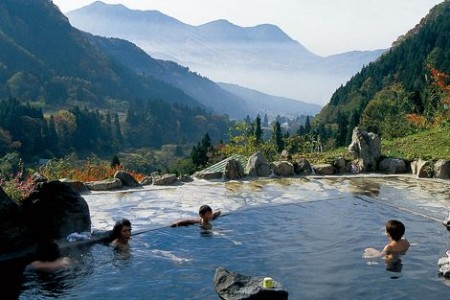
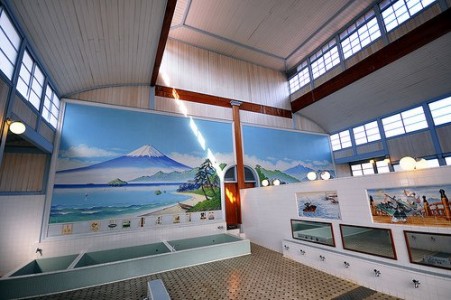
Stay in a Capsule Hotel at least once
A capsule hotel is a type of hotel with a large number of extremely small “rooms” (capsules) intended to provide cheap and basic overnight accommodation for guests not requiring the services offered by more conventional hotels. It usually costs from 2,500 yen to 4,500 yen per night. Since it’s cheap, mainly business men who couldn’t go home stay at capsule hotels. Also, capsule hotels are popular among foreign travelers. In capsule hotels, each guest stays in a small sleeping space (capsule) which is about 3 feet by 4 feet by 6 feet. In a capsule, there are a TV, an alarm clock, a light, and so on. The open side of a capsule is shut by a curtain or a screen, and it is unlocked. To sleep well in capsule hotels, earplugs might be helpful. So in case you have trouble finding a place to sleep, a capsule hotel might be a good temporarily solution. 
Akihabara
Akihabara, also called Akiba after a former local shrine, is a district in central Tokyo, that is famous for its many electronics shops. In more recent years, Akihabara has gained recognition as the center of Japan’s otaku (diehard fan) culture, and many shops and establishments devoted to anime and manga are now dispersed among the electronic stores in the district. The character of Akihabara has constantly changed over the decades and continues to do so. In the last decade Akihabara has emerged as a center of Japanese otaku and anime culture, and dozens of stores specializing in anime, manga, retro video games, figurines, card games and other collectibles have filled the spaces between the electronics retailers. In addition to shops, various other animation related establishments have become popular in the area, particularly maid cafes where waitresses dress up and act like maids or anime characters, and manga kissaten (“comics cafes”), a type of internet cafe where customers can read comics and watch DVDs in addition to having access to the internet. 

Harajuku
Harajuku refers to the area around Tokyo’s Harajuku Station, between Shinjuku and Shibuya on the Yamanote Line. It is the center of Japan’s most extreme teenage cultures and fashion styles, but also offers shopping for adults and some historic sights.The place to be of Harajuku’s teenage culture is Takeshita Dori (Takeshita Street) and its side streets, which are lined by many trendy shops, fashion boutiques, used clothes stores, crepe stands and fast food outlets geared towards the fashion and trend conscious teens. Japanese Harajuku Girls and Harajuku Style has been used to describe teens dressed in many fashion styles ranging from Gothic Lolita (also gothic loli) Visual Kei, Ganguro, Gyaru, Kogal, to “cute” Kawaii style clothing. 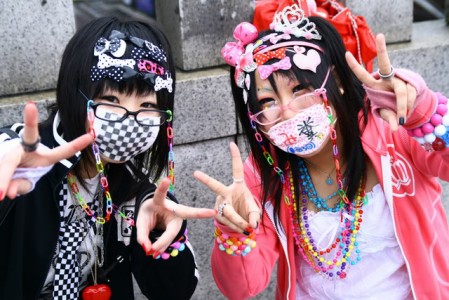

Try the japanese cuisine
The Japanese cuisine is highly celebrated world wide for its quality and taste. The tourists to Japan find Japanese Cuisine as one of the major attractions in that country. Numerous Seasonal and Regional Japanese dishes have enriched the Japanese Cuisine. Generally the Japanese Cuisine is the assemblage of staple foodstuffs including noodles, rice, soup and several items made up of vegetable, crabs, fish, tofu and meat. Spices and flavors like Soy sauce, miso and dashi are added with the low fat dishes. Various sorts of Noodles, which are the vital element of Japanese culinary, were undoubtedly adopted from Chinese Cuisines. 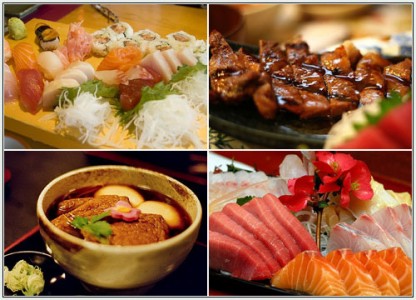
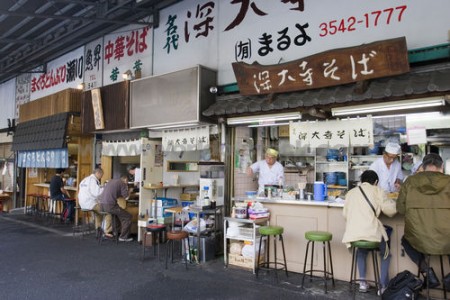
Mount Fuji
Mount Fuji (Fuji-san) is the highest mountain in Japan, rising to 12,388 feet. Visible from Tokyo on a clear day, the beautiful cone-shaped mountain is located west of the city, surrounded by lakes in a national park. A beautifully proportioned volcanic cone in a spectacular natural setting, Fuji-san is beloved for its symmetrical beauty as well as its holiness. It is a very popular subject in Japanese art and landscape photography. Fuji’s nickname Konohana-Sakuahime means “causing the blossom to bloom brightly,” referring to the pink cherry blossoms that frame the snowy mountain in the spring. 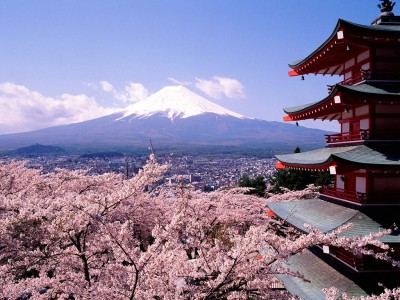
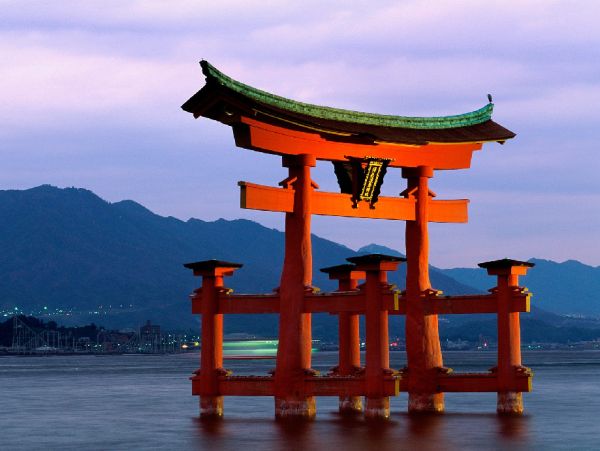
Leave a Reply